Last Updated on August 2, 2021
Ink & Pixel is a source of pride and joy for me as a writer and as such, I’m always striving to take this column further for those who read and enjoy it. In an effort to widen the reach of our continuously growing fanbase, Ink & Pixel has been granted permission to broaden its horizons with the inclusion of films from the Horror, Sci-Fi, and Fantasy genres. I hope that you enjoy this bold new direction for the column. Additionally, if you yourself, or anyone you know, helped to make any of the amazing feature films found within this column, I would love to talk to you to further my knowledge. Please contact me at [email protected] so we can discuss it further.

I was somewhere around Echo Ave., on the edge of the ocean, when the drugs began to take hold. I remember saying something like “I feel a bit light headed, maybe I should examine FEAR AND LOATHING IN LAS VEGAS for my next article …” And suddenly there was a deafening roar all around me and my head was filled with what felt like wild thoughts, all swarming and bursting and diving around my brain, and a voice was screaming: “Holy Jesus! Why don’t you do just that?” I had a film about one of American history’s most enigmatic journalists, practical effects, wild costumes, digital imaging, pounds of makeup, a quart of whiskey, and a whole galaxy of reasons why this was a good idea. Not that I needed all this for the article, but once you get locked in a serious film exploration, the tendency is to push it as far as you can.

I remember 1998 as being a very significant year in regard to it helping me to significantly nurture and grow my love of film. First, I was caught off-guard in the month of March when I discovered Joel and Ethan Coen’s THE BIG LEBOWSKI – a film that quickly grew to be my favorite of all time. What I never would have suspected is that in May of that year, I’d find the second movie to grace my own personal Top 10, Terry Gillian’s FEAR AND LOATING IN LAS VEGAS. It was like nothing I’d ever seen or experienced before. I distinctly remember walking into the film completely sober, but by the end of the closing credits, feeling as if I’d ingested a tab from Dr. Gonzo’s stash of Sunshine Acid. I had to sit in the parking lot for a half hour before I felt as if I could drive.

Adapted from Hunter S. Thompson’s critically acclaimed novel of the same name, FEAR AND LOATHING IN LAS VEGAS was distributed by Universal Pictures and stars actors Johnny Depp and Benicio del Toro. As I’d stated earlier, the film was directed under the gifted eye of Terry Gilliam – famous for films such as: BRAZIL, THE FISHER KING, TIME BANDITS, and THE IMAGINARIUM OF DOCTOR PARNASSUS as well as others. From what I’ve read, the production of this film was not an easy one. That, coupled with the film’s outrageous visual flare, had me thinking that it’d be a perfect fit for this week’s article.

For those of you who not had the pleasure of making Raoul Duke (Johnny Depp) and Dr. Gonzo (Benicio del Toro)’s acquaintance, allow me to make the introductions and share with you a little of what this film is about. The year is 1971, Raoul Duke, a reporter for an unnamed magazine (turns out it was Sports Illustrated) is traveling at top speed across a dry Nevada dessert. With his attorney, Dr. Gonzo, in the passenger seat, the two men are determined to experience and report on the Mint 400 – “It’s the richest off-the-road race for motorcycles and dune-buggies in the history of organized sport.” – Duke.

Along for the journey is a suitcase filled to the brim with a serious drug collection – of which Duke and Gonzo partake from with an alarming frequency. The result is a hilarious yet insightful gaze into what Thompson referred to as “the American dream in action.” For me, this film celebrates the work of a brilliant mind, and a man whose unconventional methods of receiving and reporting information would help him to eventually become a legend in the field of journalism. It’s a film that isn’t necessarily seen but rather experienced. Essentially, the two men you follow throughout this drug-addled dark comedy are dangerous, un-hinged, good people. As the viewer you’re asked to simply buy the ticket and take the ride.

Before sitting down to research this film, I honestly had no idea how Gilliam managed to gain the permissions to shoot on-location of the various Las Vegas venues in which Duke and Gonzo wreak their own brand of havoc. It turns out that the film was indeed shot along the Las Vegas strip, with the exception of a few of the casino sets needing to be built inside of a nearby Warner Bros. sound-stage. Helping Gilliam in his mission to present the movie to the viewer – as if they themselves were experiencing a 119-minute-long drug trip – was cinematographer Nicola Pecorini. Not being one to look away from what some might consider to be “hallucinatory” art, Pecorini turned to the “fatalist” paintings of Robert Yarber when selecting the film’s color palette. In fact, if you look above and below this paragraph you can view two pieces of Yarber’s intense and surreal work.

Now, if you’re a fan of this column, then you’re already aware that from time to time I go beyond the facts of figures when examining a film’s pre-production process. I like to get inside the talent’s head, and discover exactly how actors and staff mentally prepare to present their ideas to an audience. In the case of FEAR AND LOATHING IN LAS VEGAS, both Johnny Depp and Benicio del Toro went to extreme physical and psychological lengths to prepare for their roles. Del Toro himself gained upward of 45 pounds within just a few short weeks to look the part of Duke’s ill-advised attorney, Oscar Zeta Acosta (Dr. Gonzo). In addition to this, Benicio spent several evenings talking with Acosta’s family in an effort to get to know the man better.

On the other end of the spectrum, Depp immersed himself entirely in becoming Hunter S. Thompson by renting out a basement space on the gonzo journalist’s famous Owl Farm home. While living with Thompson for several months, Depp studied Hunter’s original notes and transcripts. Each one of them detailed the mischief Thompson and his attorney had gotten up to in the days before and after the Mint 400 coverage took place. From what I’ve read of Depp’s recollection of this time, is that even Thompson’s Fear and Loathing in Las Vegas novel leaves out some of the most insane portions of that particular trip. Considering all the events that the book and movie have shown us, one has to wonder what manners of debauchery Thompson had omitted from the final draft of perhaps his most famous work. Del Toro would have spoken with Acosta himself, but unfortunately he disappeared in the 1974 and hasn’t been heard from since.

In addition to being a consultant on the film, Thompson gifted Depp with several of his own personal effects from the time in which Fear and Loathing had taken place. Items such as Thompson’s own cigarette holder, visually assaulting Hawaiian shirt collection, and even his his car – a red Chevrolet Caprice convertible – were given for the purpose of keeping the film as true-to-life as possible. While in possession of these items, Depp stated a behind-the-scenes interview that he imagined himself being able to pull the energy and memories from them, as was then able to channel those vibes into his performance.

In keeping with the concept of good vibes, the filming of FEAR AND LOATHING IN LAS VEGAS appeared to act as some sort of magnet for talent, as stars began making surprise on-set visits, which ultimately led to many of them having cameos in the film. It’s a long list, but actors such as: Christina Ricci, Cameron Diaz, Tobey Maguire, Flea of the Red Hot Chili Peppers, Mark Harmon, Gary Busey, Harry Dean Stanton, Michael Warwick, Penn Jillette, and several others all managed to appear on camera in some form or another – making this film a sort of “Where’s Waldo ?” cinematic experience.

Personally, I think it’s a real shame that FEAR AND LOATHING IN LAS VEGAS under-performed at the box-office during it’s theatrical run. The film was shot using a budget of $18.5 million, but managed to only earn back $10.6 million in tickets sold. At the time of its release, critics from all corners of the entertainment press industry were divided about whether or not Fear and Loathing was a bold exploration of one of American history’s greatest writers, or simply a dis-jointed presentation of two grown men abusing drugs on the Vegas strip. In response to the film’s criticisms, Gilliam had this to say, “People either love it or they hate it. I think we wanted to push people, we wanted to see how they’d react. I don’t know. That’s part of the reason to do these films, to see who’s out there. It’s like being in the middle of an ocean, on a life raft, and you shoot a flare up into the air to see if anyone else is out there.”

Pfffft, what do critics know anyway, right? Ha ha! Just kidding, co-worker friends, you know I love you! Real talk though, FEAR AND LOATHING IN LAS VEGAS, I think, is a visual marvel of a film. Not only is it endlessly quotable, it highlights one of the most daring personalities the world has ever known and celebrates a mad genius that’s too weird to live but too rare to die. Since my initial viewing of this film back in 1998, I’ve watched this films more times than any other in my collection – and in multiple altered states, looking to appreciate it from every angle. Hunter S. Thompson may no longer be with us – after tragically taking his own life in February of 2005 – but his work, his legacy, and his influence in the writers of tomorrow will live on forever.

“The world is still a weird place, despite my efforts to make clear and perfect sense of it.” – Hunter S. Thompson







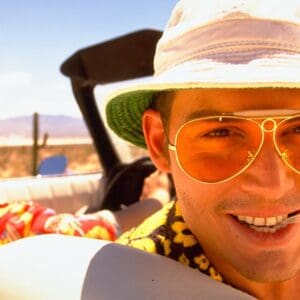
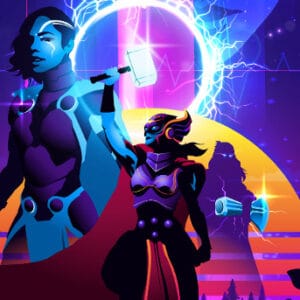
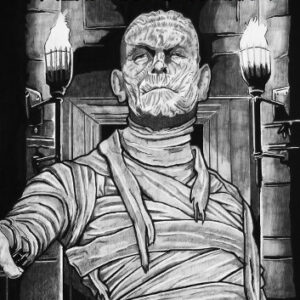



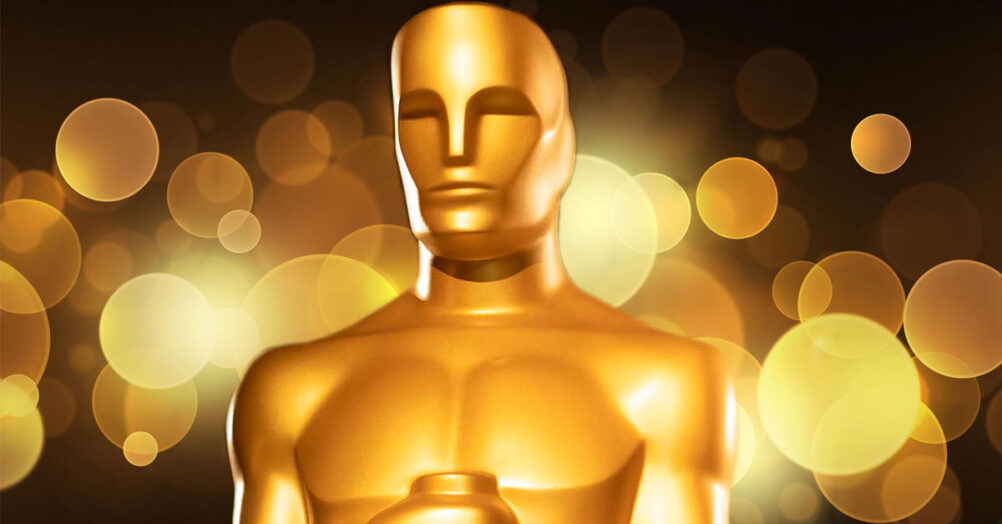


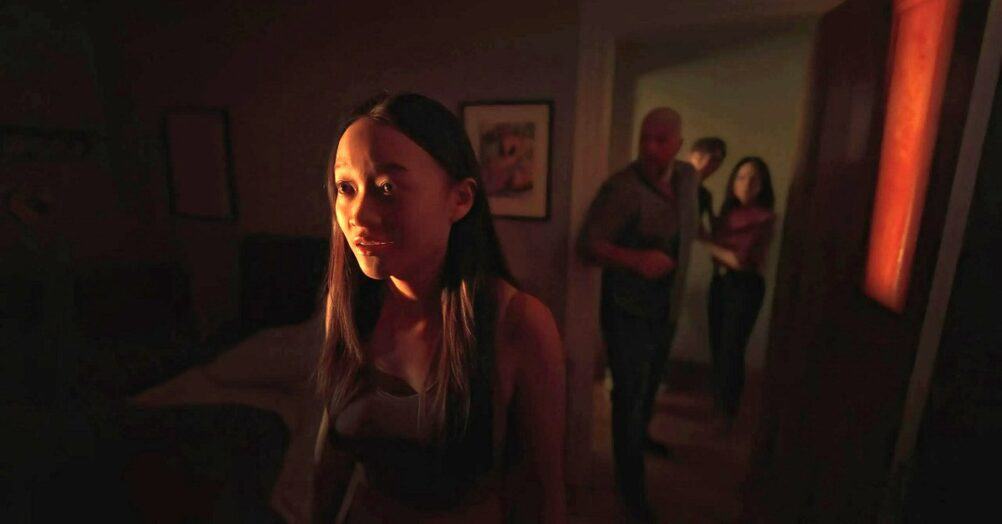

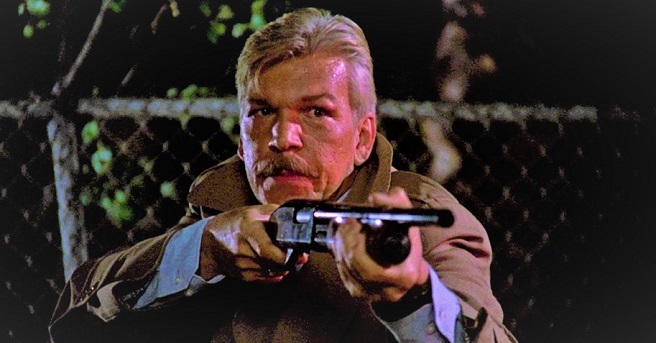

Follow the JOBLO MOVIE NETWORK
Follow us on YOUTUBE
Follow ARROW IN THE HEAD
Follow AITH on YOUTUBE